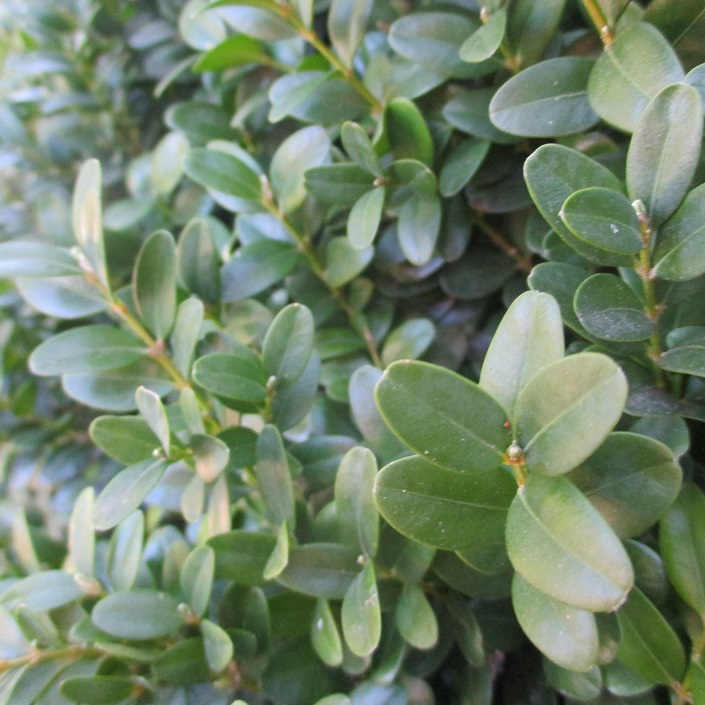UNITED STATES—Not many of our favorite plants grow like weeds. We must help most of them along, and give them what they want. A few might naturalize and perform well on their own, but if they do too well and become aggressive or invasive, they too become known as weeds. Although we might prefer some of our favorites to be easier to grow, we are probably fortunate that more do not do too well.
Conversely, not many weeds are appealing plants when they invade our gardens. They might not be so disdainful if they provided fruit, vegetables or flowers, or were less aggressive with other plants. Instead, the conquer and occupy useful space, consume resources, and then toss their seed for the next invading generation. Their aggressive invasiveness is what makes them weeds.
There is no easy definition of ‘weed.’ We know them only as unwanted plants, or plants where they are not wanted. Most are exotic (nonnative) plants that were once imported at a time when they were actually desirable. Some were vegetable or flowering plants grown in home gardens. Some were forage crops. Blue gum eucalyptus was imported for wood pulp. A few weeds are native.
Weeds become weeds because they have distinct advantages. Most get an early start at the end of winter, while other plants are still dormant. Then, many weeds bloom and toss seed for the next generation earlier than other plants. Many lack the pathogens of their homelands. Weeds generally survive on less resources, or complete their life cycles before resources are exhausted.
Most weeds are annuals. Many are perennials, some are shrubby or vining. A few are trees. One commonality is that they should be pulled as soon as they are big enough to get a grip on. They are easier to pull while the soil is moist from winter rain, and before they have dispersed their roots much. Some of the short term annuals are pretty quick and sneaky about dispersing seed too!
Weeds that are woody shrubs, vines or trees need to get pulled like the rest. If merely cut to grade, they will likely regenerate from their stumps, and need to be dug later.
Highlight: English boxwood
While flashier, but typically weaker modern cultivars of so many other specie are being developed, the most popular of the many cultivars of English boxwood, Buxus sempervirens, remain the same. There is not much to improve on. Most cultivars get only a few feet tall, and are densely foliated with inch long evergreen leaves that are excellent for topiary and low formally shorn hedges.
One of the difficulties with formal hedges, or any formal application, is replacement of any specimens that die. There are not very many of the different cultivars available locally; but it can be quite difficult to distinguish between some of them. One specimen of the wrong cultivar ruins conformity! Another concern is that the aroma of the foliage when disturbed may be objectionable to some.
In the wild, English boxwood grows as small trees or rather larger shrubs with relatively open structure. Locally, such specimens are only very rarely found in old Victorian landscapes, such as at the Winchester House. ‘Suffruticosa’ is so compact that it popularly allowed to grow as unshorn and nearly spherical shrubs. ‘Argenteo-Variegata’, ‘Variegata’ and ‘Marginata’ are variegated.
Horticulturist Tony Tomeo can be contacted at tonytomeo.com.






